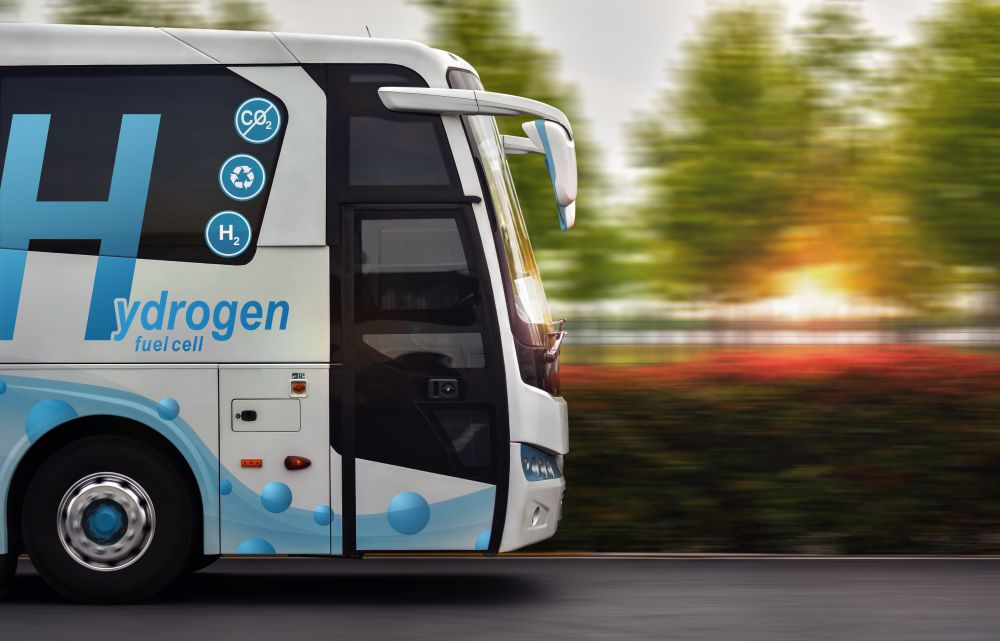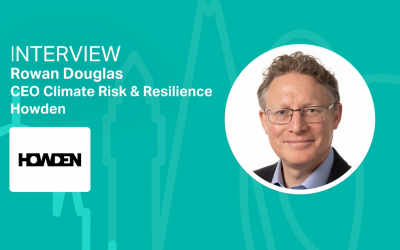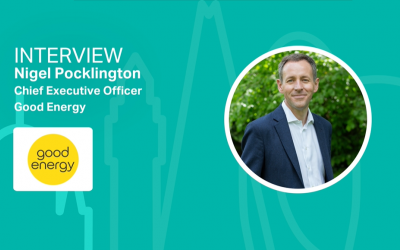Hydrogen: a new emerging ecosystem for the automotive industry
Hydrogen (H2) may be the lightest element in the periodic table, but in the debate over the future of mobility, the potential of this gas as an energy-dense, low-carbon fuel is attracting serious interest.

Hydrogen (H2) may be the lightest element in the periodic table, but in the debate over the future of mobility, the potential of this gas as an energy-dense, low-carbon fuel is attracting serious interest.
Evidence that the H2 economy is becoming a reality can be found in the billions being poured into it by governments and private sectors. By 2020, ten countries had already announced national hydrogen strategies, with many more intending to follow suit this year.
Investors, automotive and transportation original equipment manufacturers (OEMs), and agile new start-ups looking to ride the next wave of green growth are all eyeing the hydrogen economy with fervor, wondering how to best leverage the opportunities it presents.
Perception vs. reality
While battery electric vehicles (BEVs) are currently at the forefront of the transportation electrification transformation, at EY, we believe that H2s will play an integral role in decarbonizing transport by offering a complimentary alternative to BEVs. H2s and BEVs are similar in that hydrogen is not a primary fuel source; its carbon intensity depends on the energy source used to produce it. An important difference is hydrogen’s energy density makes it a practical option for more demanding applications than BEVs can handle, but there is less H2 delivery infrastructure when compared to existing national power grids.
It’s increasingly clear that hydrogen will be an important factor in decarbonizing hard-to-abate use cases where batteries cannot move the dial. These will ultimately include shipping and aviation, but the most immediate applications will likely include heavy road transport, particularly commercial vehicles in the over six-ton category.
Emerging ecosystem
Visualizing a hydrogen economy ecosystem is complex and rapidly evolving. To help clarify the emerging H2 economy, EY teams have identified three broad categories of H2 players:
New entrants: Vehicle manufacturers and hydrogen producers with efficient means of H2 production have a higher risk appetite, betting on the explosive rise in demand both for H2 fuel and H2 powered vehicles. More than 200 H2 projects have been announced worldwide that address road transport applications, industrial usage and green hydrogen production. Thirty-one countries representing around 73% of global GDP have announced their H2 strategy with road maps to decarbonize sectors and achieve national targets. Technologies such as fuel cells look particularly promising, with the potential to decarbonize the transport sector. This presents an opportunity for new entrants to develop solutions to capture the market and establish themselves as market leaders in a nascent industry.
Established players OEMs: Automotive OEMs are developing alternative fuel vehicles to comply with evolving regulatory emission requirements and changing customer demand. Hydrogen offers an attractive alternative to BEVs due to lower refueling time, higher range and payload capacity, and solution scalability. Established players can overcome high barriers to entry by partnering or acquiring smaller players who have considerable head starts in terms of IP and established processes.
Private equity VC investors looking to back high-growth hydrogen economy businesses and ideas. Venture capital investors can take advantage of low industry maturity and a high risk-reward profile to support early-stage companies. Special-purpose acquisition companies (SPACs) are expected to play a significant role for private companies active in this space to swiftly access the public capital market to fuel their research and growth initiatives. This presents an opportunity for private equity growth funding and late-stage venture capital to diversify their clean energy investments.
Hydrogen can seem like a distraction from the main event of the EV transition. While hydrogen cars are unlikely to rival BEVs in popularity any time soon, that doesn’t mean that the hydrogen economy can be written off as a technical curiosity.
Next steps
In conclusion, there are a few points to consider around preparing for the hydrogen economy. Leverage the lessons from EVs, as hydrogen is on the same hype curve EVs followed; prepare to partner to deliver maximum value; and start building a business case for your opportunities in the hydrogen economy.
As previous outlier technologies have shown us, today’s esoteric or minority interest can rapidly become tomorrow’s must-have breakthrough. The hydrogen economy is coming, and the time to start thinking about how to position yourself to win is now.
Find out where mobility is heading across the world with the help of EY propriety toolsets offered by the Mobility Lens Suite here.






